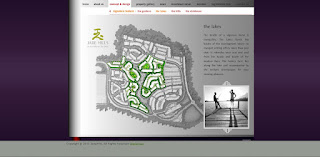1) IAMM's mission is to educate and give knowledge people about the Islamic art.
2) After this trip, the audience will get a better understanding about Islamic art. Where they come from, what they look like and why. It widens the mind, gives us a bigger picture of the Islamic art. Its good to see not just the usual architecture, but jewellery, ceramic, textile and etc as well. Also, each artifact contains interesting history and some might artifacts even surprise us. (IE, the giant candle stick holder). Besides that, from a personal point of view, i feel that is it more effective and interesting to be on the field and seeing these things yourself compared to just seeing it in image form. Overall a very interesting experience.
4)
I'm still very curious about the architecture of mosques. What makes a mosque, a mosque? Are there any certain elements that is a must have in a mosque? Must a mosque be big and have wide open areas? Based on what i learned in SEA culture class, not all mosque must have a dome. But i was still curious why do so many mosque adapt the usage of domes? Well, in this field trip, the tour guide finally answered my question. He said that the shape of the dome can help send sound waves to alot of areas of the mosque even when the volume is soft. This was proven when during in the museum, the prayer was playing far far away and i still can hear it
5) There is this calligraphy painting or textile (kinda forgot what medium), that was drawn/made using smaller calligraphy. I kinda feel that at first glance, the Islamic art may look quite simple but when you look closer, there is something else inside of it. Its actually pretty damn complicated.
6) i) I see alot of green and blue colour used in the Islamic art. Any particular reason to it?
ii) How did the usage of geometrical pattern started as an Islamic art?




























